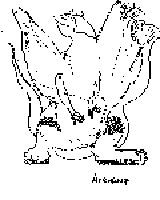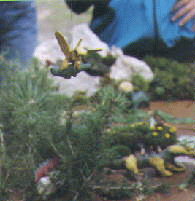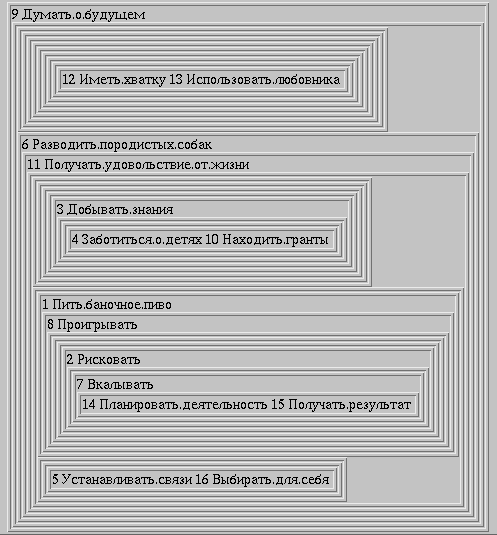Constructive Web site for psychological education
- Larisa L. Travina
- Program Systems Institute RAS
- Pereslavl-Zalessky, Russia
- E-mail: larisa@ai.botik.ru
- Evgeny D. Patarakin
- University of Pereslavl
- Pereslavl-Zalessky, Russia
- E-mail: pat@dll.botik.ru
-
We believe that educational Web site ought to be as conceptual as a book or
a film. The main concept of our Constructive Web site is a Kelly's
psychology of a man as "personal scientists" in anticipating the world. This
psychology offers the opportunity to integrate many different knowledge
representation approaches and different psychological technics within one
framework and one Constructive Web Site where students played role of researchers.
There are three ongoing educational projects the results of which
are stored on Constructive Web Site:
- "Lets play with our own Constructs!"
- "Lets deceive your school psychologist!"
- "TEN"
"Lets play with our own Constructs"
Within the framework of the Personal construct microworld students can
create a computer map of their inner worlds and then improve this map. While
using microworld procedures you can choose the personality of a student as a
subject for the study. The system of constructs, received through
microworld commands, reveals the system of notions used by the person in
everyday life without explicit representation. Most significally, in a
difference to general psychological tests, student can use microworld commands to
add new constructs, to delete unimportant or surplus constructs, and therefore make
better self-knowledge presentation.
In the last version of the microworld we have used methaphors "list
is a table" and convert UCB-logo lists of clasters
directry to html-tables.
So, Netscape users can see
clasters as a tables.
The project "Lets deceive your school psychologist!"
 The main idea of the project "Deceive your school psychologist!" is to
teach students to analyze the drawings of "Nonexistant animal" and
after it to find an answer to the question: "Is knowledge so powerful
that it can change our behaviour?"
Students 10 to 15 years old participate in this Project.
To start with,
all of them drew and named nonexisting animals. Then the tutor
draw students' attention to the following features of
nonexisting animals: Size, Direction, Position on the sheet of paper,? Parts
of the body, Type of desigh, Sense? meaning of the animal's name.
The main idea of the project "Deceive your school psychologist!" is to
teach students to analyze the drawings of "Nonexistant animal" and
after it to find an answer to the question: "Is knowledge so powerful
that it can change our behaviour?"
Students 10 to 15 years old participate in this Project.
To start with,
all of them drew and named nonexisting animals. Then the tutor
draw students' attention to the following features of
nonexisting animals: Size, Direction, Position on the sheet of paper,? Parts
of the body, Type of desigh, Sense? meaning of the animal's name.
Full text of this tutorial (in Russian) is available as a
part of the University Psychological Web-site.
After the lecture and discussion all the participants of the Project made new drawings of
nonexisting animals. They have not decieved the psychologist but changed some nonverbal constructs.
Project "10"
 The main idea of Project-10 is to create a community of imaginary animals.
The children are learning to work with different media and to develop a
better understanding of the biological properties of living creatures.
Through creative activities children aquire basic notions of ecological
balance and intricate interconnections between different species. Every
particapant has done the following:
The main idea of Project-10 is to create a community of imaginary animals.
The children are learning to work with different media and to develop a
better understanding of the biological properties of living creatures.
Through creative activities children aquire basic notions of ecological
balance and intricate interconnections between different species. Every
particapant has done the following:
- he or she drew an imaginary living organism (plant or animal);
- made a plasticine sculpture of the animal or plant;
- wrote a story about the relations between the different non-existent
species.
During all these projects students played the role of researchers,
studying their own mental categories and mental categories of another
people, evaluated the changes of their own mind during educational activity.





